The active components market is undergoing rapid transformation, fueled by increased demand for miniaturized, energy-efficient components and advancements in semiconductor technology. This sector benefits from substantial investments from industries such as automotive, consumer electronics, and telecommunications, aiming to integrate intelligent, high-performance components. Our report provides a comprehensive analysis of current procurement trends, identifying opportunities for cost reduction through global sourcing and strategic supplier partnerships. Additionally, we address challenges such as supply chain disruptions and price volatility while emphasizing the importance of digital procurement tools for precise demand forecasting, helping clients navigate this evolving market landscape effectively. Additionally, we address future procurement challenges and emphasize the importance of digital procurement tools in accurately forecasting market needs to keep clients ahead in this dynamic landscape. Strategic sourcing and procurement management play a crucial role in streamlining the procurement process for active component development. As competition intensifies, companies are leveraging market intelligence solutions and procure analytics to optimize their supply chain management systems. The outlook for the active components market is highly favourable, with several key trends and projections pointing toward robust growth through 2032: Growth rate: 6.1% Growth Drivers Digital Transformation The market is also experiencing rapid digital transformation in the supply chain and manufacturing processes. This shift is enabling improved demand forecasting, inventory management, and real-time monitoring, helping businesses adapt quickly to changing market conditions. Overview of Market Intelligence Services for the Active component Market Recent analyses indicate that the active components market is facing rising costs due to increased demand for advanced technologies and supply chain disruptions. Market reports provide crucial cost forecasts and savings opportunities, enabling manufacturers and end-users to manage fluctuations while ensuring access to essential components. Key insights highlight that semiconductor prices are rising, particularly in the automotive and consumer electronics sectors, exacerbated by geopolitical tensions and raw material shortages. Stakeholders are advised to adopt strategic procurement strategies, such as long-term supplier agreements and investment in digital tools for real-time insights. By leveraging these strategies, they can effectively navigate challenges and maintain a sustainable procurement approach. For the most accurate information, consulting genuine market research sources is essential. Procurement Intelligence for Active Components: Category Management and Strategic Sourcing To stay ahead in the active components market, companies are optimizing procurement strategies by leveraging spend analysis solutions for vendor spend analysis and enhancing supply chain efficiency through supply market intelligence. As the demand for advanced active components like semiconductors, sensors, and electronic parts increases, strategic procurement practices are crucial. Pricing Outlook for Active component Market: Spend Analysis The active components market is currently experiencing a dynamic pricing environment influenced by various factors, including the rapid advancement of technology, increased demand for electronic devices, and inflationary pressures on raw materials. As a result, the pricing landscape is characterized by both challenges and opportunities. The graph shows a general upward trend in pricing for active component, likely due to rising costs, increased complexity, and growing demand. However, there may be fluctuations influenced by economic conditions, technological advancements, and competitive dynamics. Comprehensive Price Forecast: Recent analyses indicate a steady upward trend in prices, driven by heightened demand across sectors such as consumer electronics, automotive, and telecommunications. With the market projected to grow significantly, we anticipate a robust year-on-year growth rate, underpinned by increasing investments in smart technologies and IoT applications. Key factors influencing pricing include: As global collaboration and competition intensify, stakeholders should adopt proactive procurement strategies to mitigate potential cost increases. Effective negotiation with suppliers and exploration of alternative sourcing options can help organizations manage expenses while ensuring access to essential active components. Cost Breakdown for the Active component market: Total cost of ownership TCO and Cost saving opportunities In the active components market, optimizing procurement strategies can yield significant cost savings and improve operational efficiency. Collaborative purchasing agreements allow companies to leverage bulk buying power, resulting in lower prices for essential components. Streamlining supply chain processes through just-in-time (JIT) inventory systems can minimize holding costs while ensuring critical components are readily available. The adoption of automation in manufacturing enhances productivity and reduces labor costs, leading to overall operational savings. Additionally, implementing energy-efficient practices can lower utility expenses, while outsourcing non-core functions helps organizations focus on their primary competencies and reduce overhead. Leveraging data-driven decision-making through analytics tools enables companies to track performance and optimize resource allocation, identifying areas for cost reduction. Utilizing virtual collaboration platforms further minimizes travel costs and enhances communication, particularly in global supply chains. Finally, sourcing from emerging markets can provide competitive pricing for raw materials and components, contributing to lower production costs. By adopting these procurement strategies, organizations can maximize their cost-saving potential while maintaining product quality and innovation, essential for thriving in a dynamic market environment. Supply and Demand Overview of the Active Component Market: Demand-Supply Dynamics and Buyer Intelligence for Effective Supplier Relationship Management (SRM)" The active components market is experiencing growth driven by advancements in technology, increased applications in various sectors, and a focus on innovation. Demand is particularly strong in the automotive, consumer electronics, and industrial automation sectors, fueled by rising electronic content in devices and systems. Demand Factors: Supply Factors: Regional Demand-Supply Outlook: Active Components The image shows growing demand for academic research in both India and China, with potential price increases and increased competition Asia-Pacific: Emergence as a Key Player in the Active Components Market The Asia-Pacific region, particularly countries like China, Japan, and South Korea, is rapidly emerging as a significant player in the active components market, characterized by: Asia pacific remains a key hub Active component innovation and growth Supplier Landscape: Supplier Negotiations and Strategies The supplier penetration in the active components market is significant, with a growing number of global and regional players contributing to the development and manufacturing of advanced electronic parts, semiconductors, sensors, and other critical components. These suppliers play a crucial role in the overall market dynamics, impacting pricing, innovation, and accessibility. The market is highly competitive, with suppliers ranging from large multinational corporations to specialized technology firms focusing on niche components and emerging technologies. Currently, the supplier landscape is characterized by substantial consolidation among top-tier electronic and semiconductor companies, which dominate the market share. However, emerging technology firms and startups are also expanding their footprint by focusing on niche areas, such as artificial intelligence (AI), Internet of Things (IoT), and next-generation energy systems, which require specialized active components. Some of the key suppliers in the active components market include: Key Development: Procurement category significant development Development Description Impact on Market Increased Demand for IoT Devices Growing adoption of Internet of Things (IoT) technologies is driving demand for active components. Accelerated growth in semiconductor sales and innovation. Advancements in Semiconductor Technology Innovations such as Gan (gallium nitride) and Sic (silicon carbide) are enabling more efficient power electronics. Enhanced performance and efficiency in power applications. Expansion of Electric Vehicles (EVs) Rising interest in electric vehicles is leading to increased use of power components. Significant market growth for components used in EVs. Integration of AI and Machine Learning Active components are increasingly integrated with AI technologies to enhance functionality. Improved performance and automation in various applications. Procurement Attribute/Metric Details Market Sizing The active components market is projected to grow USD up to USD 550 billion by 2032, with a CAGR of 6.1% (2024-2032). Procurement Technology Adoption Rate 40% of organizations are adopting IoT, AI, and machine learning technologies to enhance the performance and efficiency of active components in their applications. Top Procurement Strategies for 2024 Emphasis on advanced manufacturing techniques, supplier collaboration, cost optimization, and sustainability in component sourcing. Procurement Process Automation 30% of procurement teams have automated key sourcing and procurement tasks, including demand forecasting and supplier selection for active components. Procurement Challenges Key challenges include managing component quality control, meeting regulatory standards, mitigating supply chain risks, and fluctuating raw material costs. Key Suppliers Prominent suppliers include TDK Corporation, Murata Manufacturing, STMicroelectronics, NXP Semiconductors, and Analog Devices. These companies lead in producing capacitors, inductors, resistors, and other key active components. Key Regions Covered North America, Europe, Asia-Pacific, and Rest of the World, with a strong presence in China, Japan, the U.S., and Germany due to high demand in consumer electronics, automotive, and industrial sectors. Market Drivers and Trends Growth driven by the rise of smart devices, automotive electronics, and industrial automation. Notable trends include increased miniaturization of components, demand for higher efficiency, and focus on sustainability. Active Components Market Overview
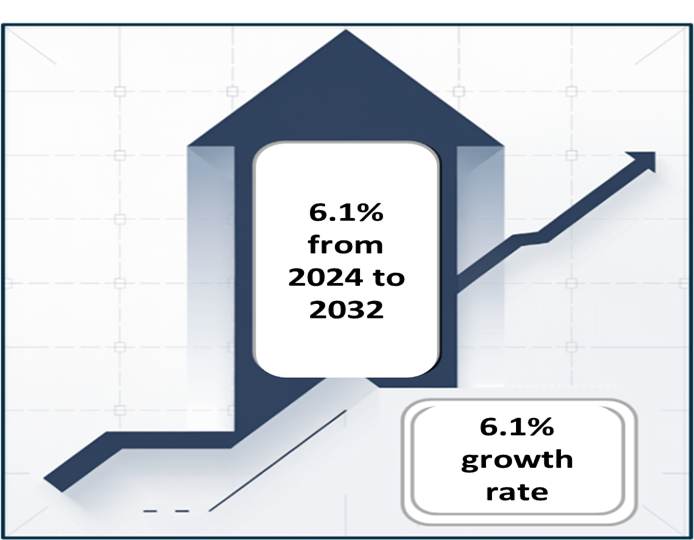
Key Trends and Sustainability Outlook
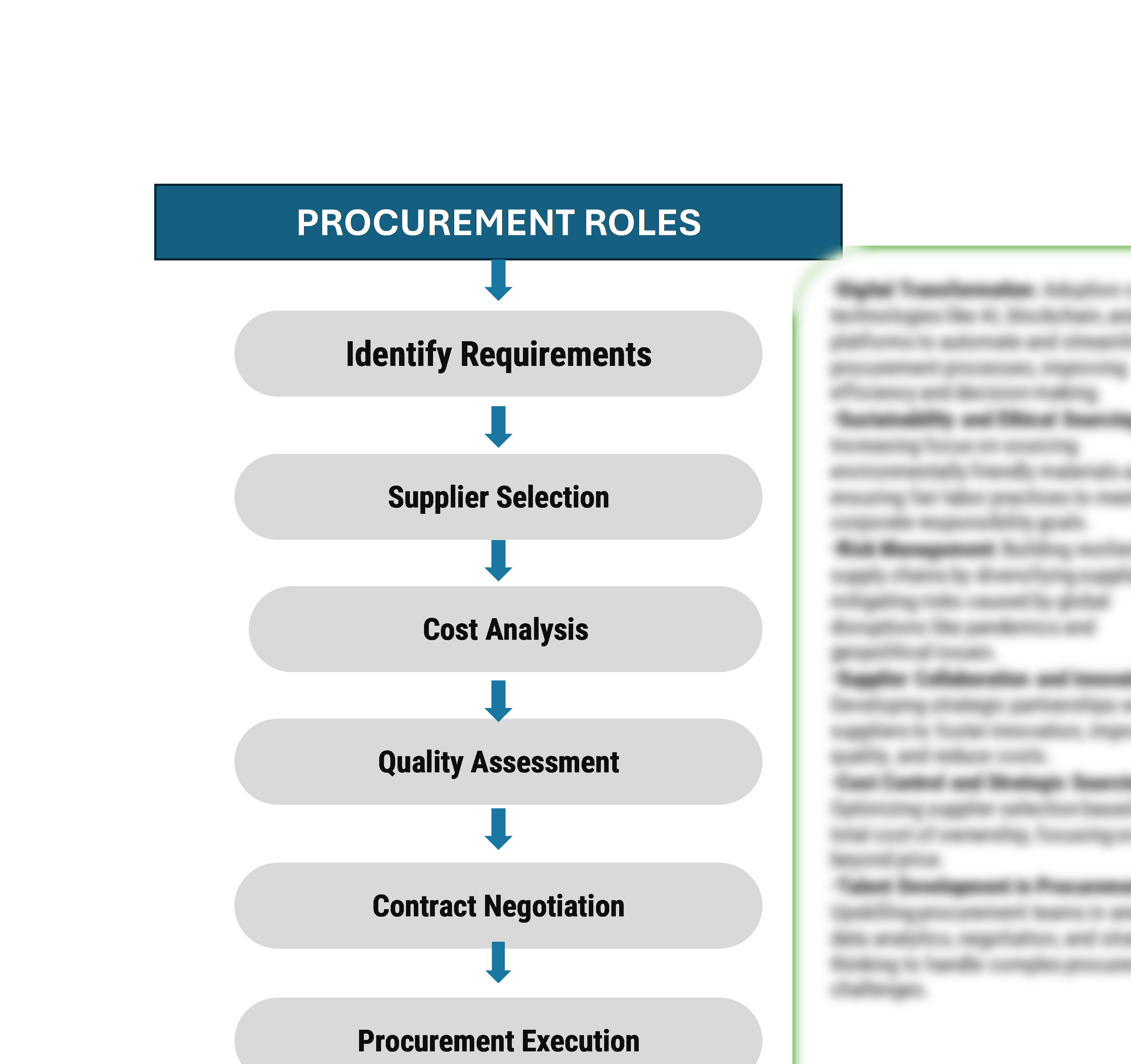
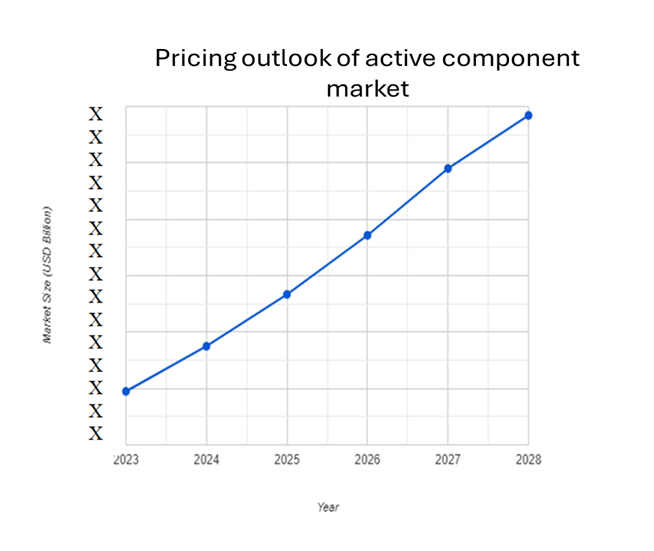

Cost-Saving Opportunities in the Active Components Market: Negotiation Lever and Purchasing Negotiation Strategies

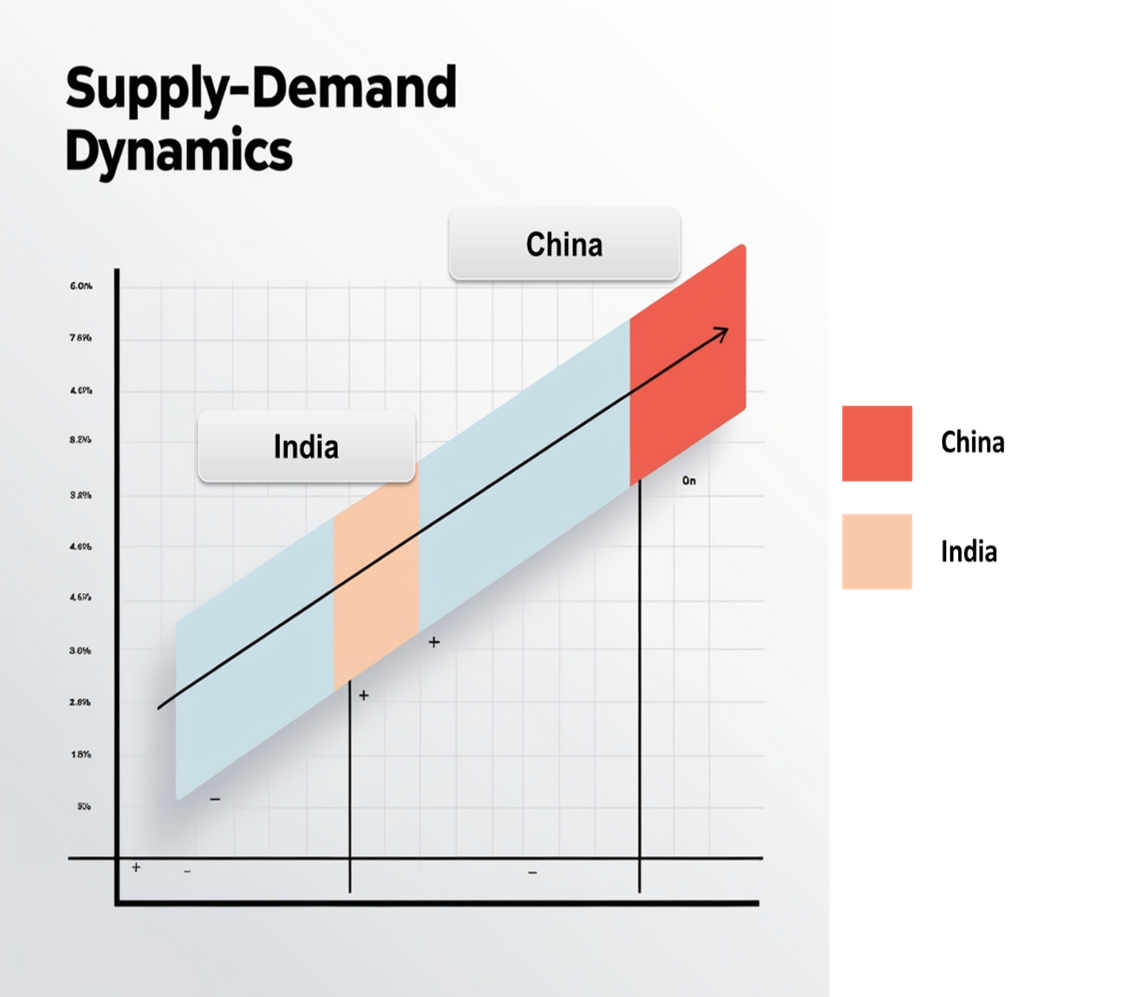
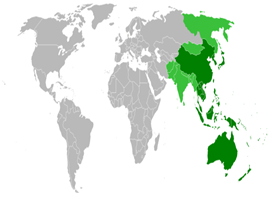

Frequently Asked Questions (FAQ):
Our procurement intelligence services provide a thorough analysis of the global supplier landscape for active components. We offer spend analysis, supplier performance evaluations, and market intelligence to help you efficiently source components such as capacitors, resistors, and transistors at the best prices.
We assist in evaluating the Total Cost of Ownership (TCO) for sourcing active components by considering procurement costs, transportation, storage, quality control, and lifecycle management expenses. Our cost analysis services ensure a comprehensive understanding of long-term financial impacts.
Our risk management services help you identify potential supply chain disruptions, technology obsolescence, and regulatory challenges. We focus on ensuring a reliable and secure supply of active components through strategies such as supplier diversification and contract management.
We offer Supplier Relationship Management (SRM) services to help you develop strong, collaborative partnerships with suppliers. By improving communication, negotiation, and performance tracking, we help ensure that active components are delivered on time, at competitive prices, and with high quality.
We provide a detailed overview of procurement best practices for the active components market, including efficient sourcing models, supplier categorization, pricing strategies, and contract management. This ensures informed, strategic procurement decisions that align with your organizational needs.
Digital transformation enhances procurement by automating key processes and integrating data analytics. Our solutions help you track supplier performance, predict market trends, and streamline purchasing decisions, making the procurement of active components more efficient and data driven.
Supplier performance management ensures that your active components suppliers meet agreed-upon standards for quality, delivery, and compliance. Our tools help you monitor supplier performance through regular evaluations, improving supplier reliability and reducing procurement risks.
Our team provides insights into effective negotiation strategies for securing competitive pricing, volume discounts, and favorable terms with active components suppliers. Using market intelligence, we ensure that your negotiations are backed by solid data to achieve the best deal.
We offer market analysis tools that provide insights into global trends, supplier market share, and price forecasts. These tools help you stay informed on market conditions, identify opportunities for cost savings, and make informed purchasing decisions for active components.
Our procurement solutions guide you through regulatory compliance requirements for active components. We help ensure that your suppliers meet necessary standards for quality, safety, and performance, reducing the risk of non-compliance and ensuring a smooth procurement process.
We help mitigate supply chain disruptions by recommending strategies such as supplier diversification, establishing backup suppliers, and implementing contingency plans. These strategies ensure a continuous supply of high-quality active components, even during market fluctuations or disruptions.
Our supplier performance tracking tools allow you to monitor key metrics such as quality, delivery timeliness, and regulatory compliance. Regular performance reviews and reports enable better decision-making and help you maintain reliable supplier relationships.
We support your sustainability goals by identifying suppliers who adopt eco-friendly practices in the manufacturing of active components. Our sustainability assessments ensure that the suppliers you choose adhere to environmental standards and align with your company's ethical values.
Our pricing analysis services help you compare prices across different suppliers and regions. By analyzing market trends, production costs, and supplier capabilities, we help you secure the best value for active components while ensuring competitive pricing in your procurement strategy.
We provide insights into emerging opportunities in active component sourcing, such as advancements in electronics, automotive, and industrial applications. We also highlight potential risks such as component shortages, technological changes, and regulatory challenges, ensuring that you are well-prepared to navigate the market.
Table of Contents (ToC)
1. Executive Summary: Market Overview, Procurement Insights, and Negotiation Leverage
• Active Component R&D Market Overview
• Key Highlights
• Supply Market Outlook
• Demand Market Outlook
• Category Strategy Recommendations
• Category Opportunities and Risks
• Negotiation Leverage and Key Talking Points
• Impact of Macroeconomic Factors (e.g., COVID-19, Inflation)
2. Research Methodology: Procurement Intelligence, Market Analysis, and Spend Analysis Tools
• Definition and Scope
• Research Objectives for Active Component R&D Market
• Data Sources and Approach
• Assumptions and Limitations
• Market Size Estimation and Forecast Methodology
3. Market Analysis and Category Intelligence
• Market Maturity and Trends
• Industry Outlook and Key Developments
• Drivers, Constraints, and Opportunities
• Regional Market Outlook within Active Component R&D Market
• Procurement-Centric Five Forces Analysis
• Mergers and Acquisitions (M&As)
• Market Events and Innovations
4. Cost Analysis, Spend Analysis, and Pricing Insights
• Cost Structure Analysis
• Cost Drivers and Savings Opportunities
• Total Cost of Ownership (TCO) Analysis
• Pricing Analysis and Expected Savings
• Billing Rate Benchmarking
• Factors Influencing Pricing Dynamics
• Contract Pointers and SLAs
• Market Cost Performance Indicators
• Risk Assessment and Mitigation Strategies
• Spend Analytics and Cost Optimization
5. Supplier Analysis and Benchmarking
• Active Component R&D Supply Market Outlook
• Supply Categorization and Market Share
• Active Component R&D Material Supplier Profiles and SWOT Analysis
• Supplier Performance Benchmarking
• Supplier Performance Evaluation Metrics
• Disruptions in the Supply Market
6. Technology Trends and Innovations
• Current Industry Technology Trends
• Technological Requirements and Standards
• Impact of Digital Transformation
• Emerging Tools and Solutions
• Adoption of Standardized Industry Practices
7. Procurement Best Practices
• Sourcing Models and Strategies
• Pricing Models and Contracting Best Practices
• SLAs and Key Performance Indicators (KPIs)
• Strategic Sourcing and Supplier Negotiation Tactics
• Industry Sourcing Adoption and Benchmarks
8. Sustainability and Risk Management: Best Sustainability Practices
• Supply Chain Sustainability Assessments
• Corporate Social Responsibility (CSR) Alignment
• Risk Identification and Assessment
• Contingency Planning and Supplier Diversification
• Holistic Risk Mitigation Strategies
9. Category Strategy and Strategic Recommendations
• Market Entry Strategies
• Growth Strategies for Market Expansion
• Optimal Sourcing Strategy
• Investment Opportunities and Risk Analysis
• Supplier Innovation Scouting and Trends
• Cross-Functional Collaboration Frameworks
10. Future Market Outlook
• Emerging Market Opportunities
• Predictions for the Next Decade
• Expert Opinions and Industry Insights
11. Appendices: Procurement Glossary, Abbreviations, and Data Sources
• Glossary of Terms
• Abbreviations
• List of Figures and Tables
• References and Data Sources








